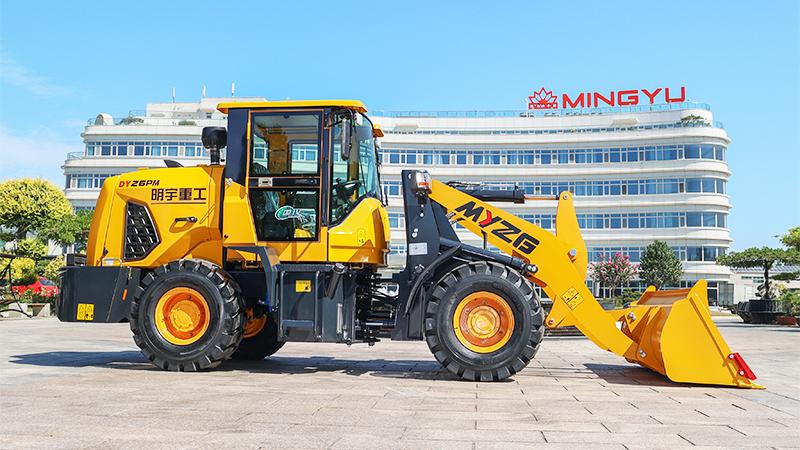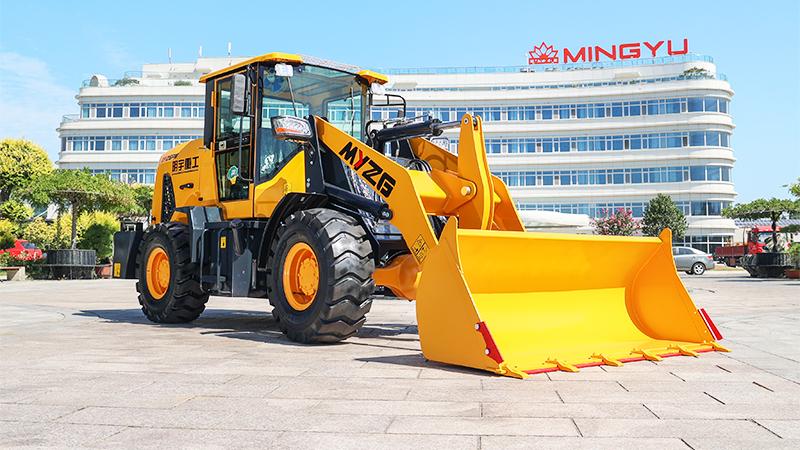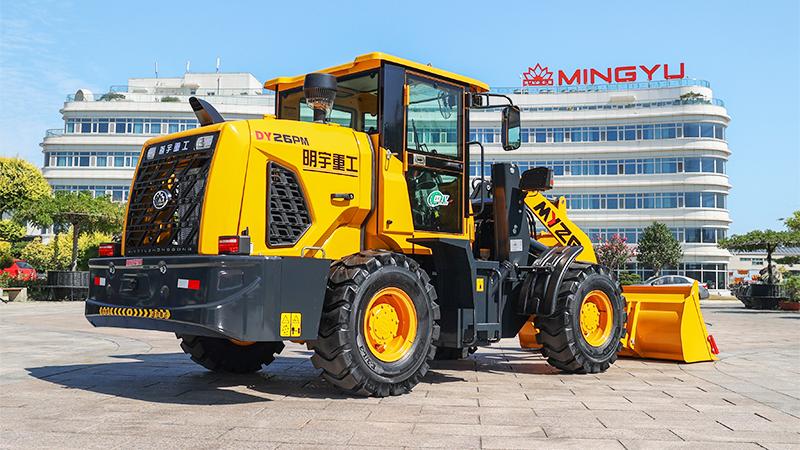Accurately determining the bucket capacity of a wheel loader is essential for efficient material handling operations, particularly when working with granular materials like gravel and sand. This calculation affects productivity, machine balance, fuel efficiency, and overall project economics. Understanding how to properly measure and calculate bucket capacity for these specific materials requires knowledge of both geometric principles and material characteristics. The process involves several key considerations that go beyond simple volume measurements to account for material behavior during loading and transport.The bucket capacity of a wheel loader is typically expressed in two measurements: struck capacity and heaped capacity. Struck capacity refers to the volume contained within the bucket when the material is leveled with the bucket's edges, representing the exact geometric volume. Heaped capacity includes additional material that forms a natural pile above the bucket's edge, following the material's angle of repose. For gravel and sand applications, the heaped capacity provides the more practical measurement since these materials naturally form piles when loaded. Manufacturers provide both specifications based on standardized testing methods, but field conditions often yield different results.
Calculating bucket capacity begins with understanding the basic geometry of the loader bucket. Most buckets have a trapezoidal cross-section with curved sides to facilitate material retention. The volume calculation involves determining the area of this cross-section and multiplying it by the bucket's width. For precise measurements, operators can divide the bucket into simpler geometric shapes (rectangles, triangles, and partial circles) and sum their volumes. However, this mathematical approach often requires adjustment for real-world conditions where material doesn't perfectly conform to the bucket's shape.Material characteristics significantly influence effective bucket capacity. Gravel, being coarser and more angular than sand, typically achieves a lower heaped volume due to its greater angle of repose (usually between 35-45 degrees). Sand, with its finer particles and smoother texture, can form steeper piles (with angles of repose around 30-35 degrees) and therefore often allows for greater heaped capacity. The moisture content of these materials also affects capacity calculations - damp sand can be piled higher than dry sand, while wet gravel may actually reduce effective capacity due to increased weight and cohesion.
The loading technique employed by the operator plays a crucial role in achieving optimal bucket capacity. Skilled operators can maximize payload by properly engaging the pile, using the bucket's curl function to create a heaped load, and allowing material to naturally settle during the lift. Overfilling the bucket may appear to increase capacity but often leads to material spillage during transport, ultimately reducing efficiency. Underfilling, while safer, decreases productivity and increases cycle times. Finding the balance requires understanding both the machine's capabilities and the material's characteristics.Bucket design features specifically impact capacity for gravel and sand operations. General purpose buckets may not provide optimal performance for these materials. Many manufacturers offer specialized buckets for granular materials featuring extended length, higher sideboards, and different curvature profiles to enhance capacity and retention. The inclusion of bolt-on wear packages can also affect capacity over time as added protection plates slightly reduce internal volume. Operators should regularly inspect buckets for wear that might significantly alter capacity calculations, particularly in high-abrasion applications like gravel handling.
Weight considerations must accompany volume calculations when determining practical bucket capacity. While a bucket may physically hold a certain volume of material, the weight of that material must not exceed the machine's rated operating capacity. Gravel typically weighs between 2,800 to 3,000 pounds per cubic yard (1,660 to 1,780 kg/m³), while sand ranges from 2,600 to 3,000 pounds per cubic yard (1,540 to 1,780 kg/m³). These variations mean that a wheel loader bucket filled with wet gravel may reach weight limits before reaching volume capacity, while the same bucket handling dry sand might fill completely without approaching weight restrictions.Field measurement techniques provide practical ways to verify calculated bucket capacities. One common method involves loading a measured quantity of material (known volume) and counting how many bucket loads are required to move it. Alternatively, weighing several bucket loads and comparing the average to the calculated capacity can validate measurements. These methods help account for real-world variables like material compaction, moisture variation, and loading technique that aren't reflected in theoretical calculations.
Post time:Aug.18.2025



